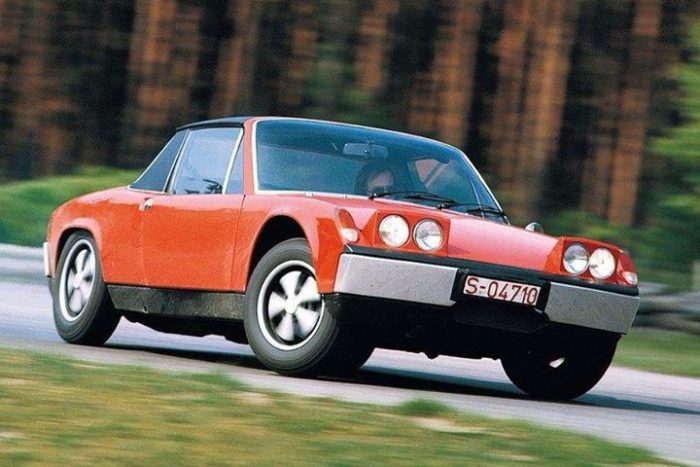The VW van engine in Porsche’s mid-engined 914 didn’t inspire enthusiasts like other Porsche models. It’s humble roots divided the Porsche faithful who couldn’t agree on the 914’s purpose. Some saw it as a cheap distraction while others viewed it as a worthy addition to the lineup. Among the Porsche community, nobody saw the 914’s potential like Ferdinand Piëch.
Ferdinand was director of Porsche’s very successful racing division. He wanted to show the potential of racing engines for road car applications. The unloved 914 was the perfect testbed for his very successful Flat-8 racing engine. The resulting prototype built in 1969 was known as the 914-8, Porsches first mid-engined supercar.
Only two of these prototype 914-8 supercars were ever built making them some of the rarest Porsches ever built. The first model was built for Ferdinand Piëch himself who used the full-fledged Flat-8 racing engine producing 350 horsepower. The second was built for Ferry Porsche as a 60th birthday gift. Ferry’s 914-8 had a detuned engine producing a more manageable 300 horsepower.
Powered by a 350 horsepower Flat-8 racing engine, the 2,100lb 914-8 was a frightening machine. Today 350 horsepower is impressive in a Ford Focus but in 1969 it was sensational. The 914-8 took race track performance to the street. Something we’ve grown to expect from today’s supercars but a fairly new concept in 1969.

Besides the exhaust note, there are subtle differences between the 914-8 and normal 914s. To start, the popup headlights housed dual headlights rather than single bulbs. Further exterior treatment added round side view mirrors and a gas tank that can only be accessed if the trunk was opened.
Building crazy machines like the 914-8 allowed Porsche to showcase their racing ability. Taking a highly successful racing engine and using it to power a lightweight car is still crucial to Porsche’s playbook today. Unfortunately, the 914-8 never made it to production leaving only these two examples of what could have been.




Leave a reply